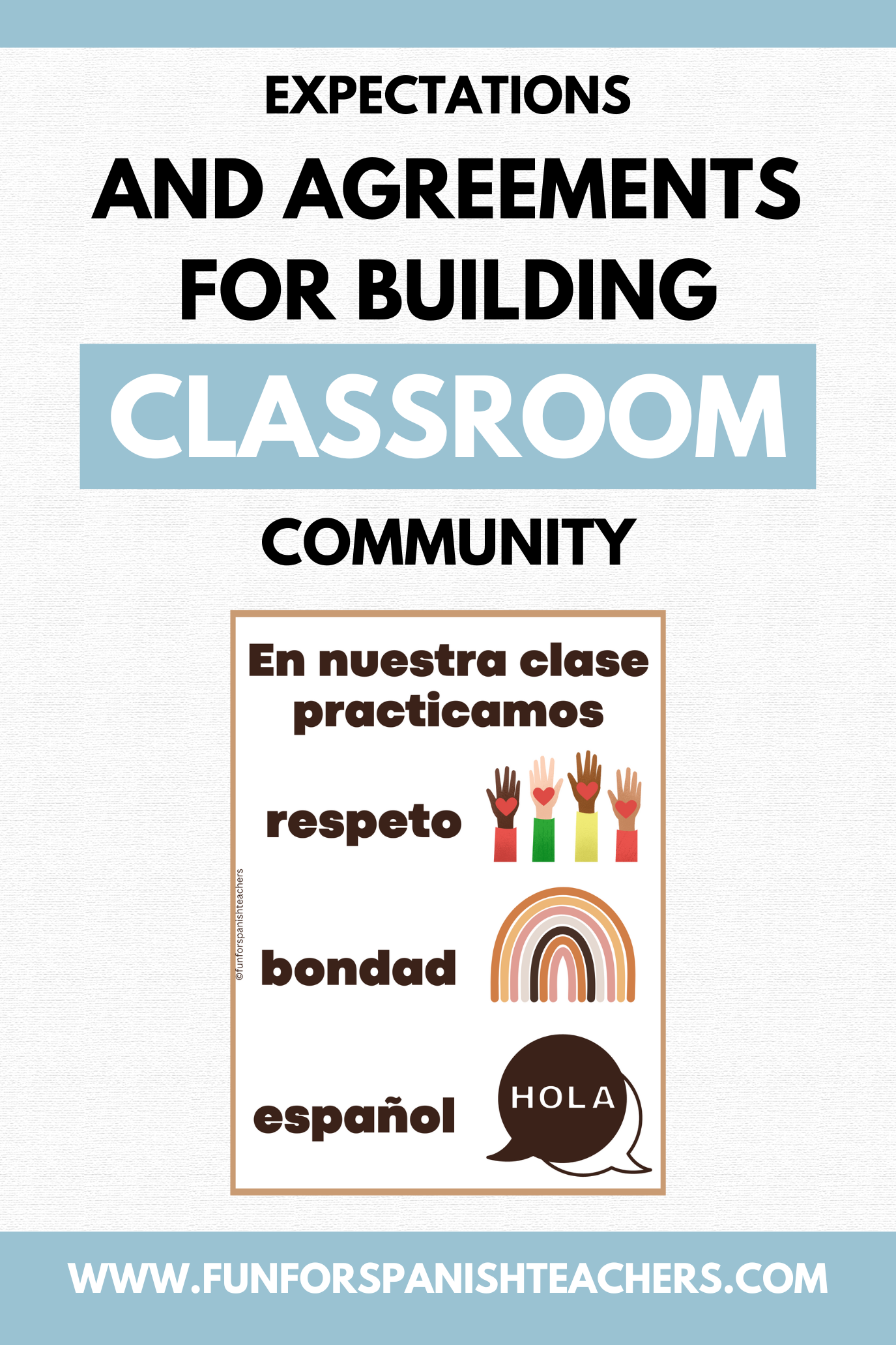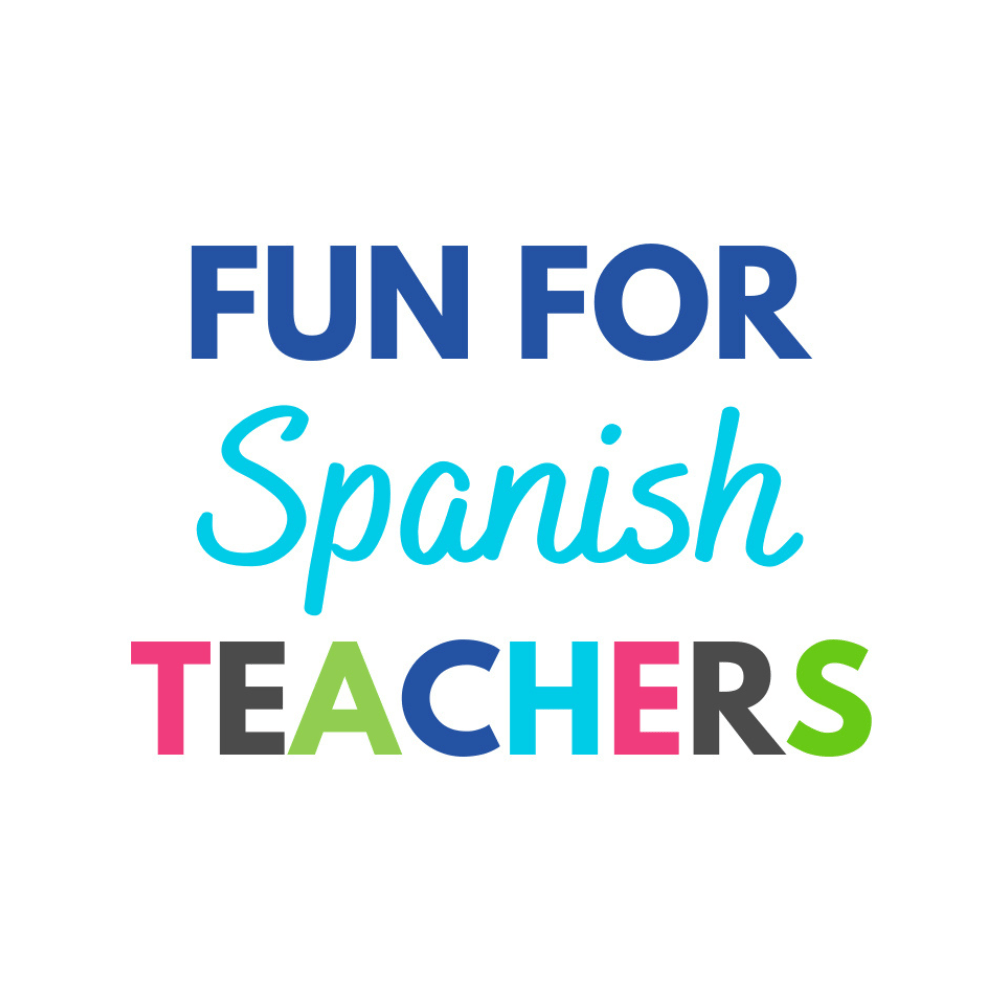Over the past few years, I’ve been working to create more inclusive and considerate expectations for my students, ensuring that everyone’s needs are respected. Additionally, I’ve been mindful not to impose any ableist or overly controlling standards that could negatively impact their well-being. An excellent post by the Neurodivergent Teacher on Facebook provides concrete examples of this. The idea is to keep the expectations simple and avoid language such as “keep your eyes on the teacher” or “sit criss-cross applesauce.” Additionally, I have purposely moved away from using the word “reglas” since it might sound like something imposed. Instead, I use “expectativas,” which is similar and easier for my students to understand.
As a teacher who only interacts with my students once or twice a week, I need to keep things simple. These are our classroom expectations:
- Respecto
- Bondad
- Español

To foster a positive and proactive learning environment, I use the Responsive Classroom approach to engage in open discussions about each expectation, encouraging students to share real-life scenarios that illustrate the importance of these guidelines. To reinforce understanding, we model each expectation through role-playing, followed by further discussions. All of this happens in the common language, supported by visuals in the target language. Each expectation is also accompanied by TPR. After introducing each expectation and talking about it in the common language, we transition to and support each of them in the target language. I see the use of the common language to talk about expectations and agreements at the beginning of the year as an investment in classroom community.
Respecto and bondad are words that are significant and need specific examples, so we discuss them and give different examples of how they should look in our class. Additionally, español is included there, but as a teacher of novice learners, I understand that my students won’t have the language to communicate some of their needs most of the time, so we have a signal to mark when we need to use English in class. We simply show a letter “T” for time in the other language, and sometimes students in my first through 3rd-grade class accompany me with the phrase ¿Puedo hablar inglés? This is just to mark a space for the other language in our class.
Furthermore, I believe in the power of classroom agreements made by students and teachers in their respective classes. I take pictures of these agreements and incorporate them into the slides I use for my classes too! By doing so, I emphasize that these agreements apply equally in my class, fostering continuity and reinforcing a sense of community. And since my time with my students is limited, this saves me some time.
Throughout our time together, I keep the expectations displayed on the board, ensuring they remain visible and accessible to students. This way, we can refer back to them whenever necessary, promoting accountability and maintaining a positive learning environment.
Here are some helpful suggestions to reinforce expectations in the target language:
- Keep them short and simple.
- Frame them in a positive way.
- Accompany each of them with a visual.
- Use TPR to represent each of them.
- Make sure there is a manageable number that your students can remember.
Building a strong classroom community is based on clear expectations and agreements. This fosters collaboration, respect, and values each student’s voice. Taking the time to work on classroom expectations and agreements at the beginning of the year is an investment. It brings many benefits and helps the class throughout the entire year!
Have fun!







Muchas gracias ! Excelentes ideas!
¡Con mucho gusto!